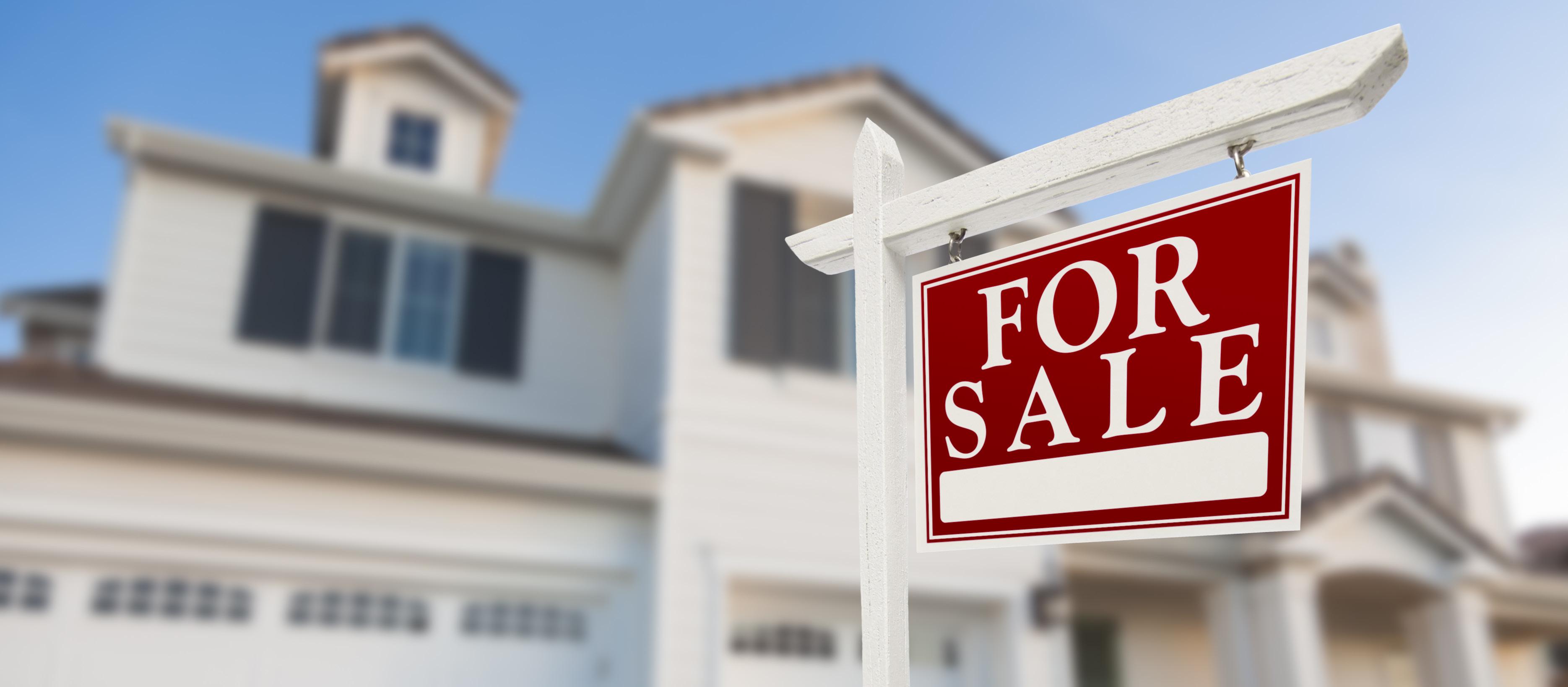
3 minute read
Navigating Foreclosures in the Face of a
NAVIGATING FORECLOSURES IN FACE OF A PANDEMIC: IT’S NOT AS BAD AS IT SEEMS!

Just 214,323 properties were foreclosed last year or at least were in some sort of foreclosure stage which is surprisingly low compared to the previous lows set in 2019. ATTOM Data Solutions’s study suggests that despite the recession in 2020, the U.S. housing market set the record for the lowest foreclosures ever.
Another separate study from Black Knight, a mortgage data firm, shows that foreclosure starts dipped 67 percent from what was recorded in 2019, while the sales of the foreclosed properties dropped 70 percent compared to 2019.
IT’S NOT ALL ROSY THOUGH!
Well, the data from ATTOM may seem all rosy but it’s not. In the face of the pandemic, about 2.15 million American homeowners were more than 90 days past due on their mortgages. This shows a 1.7 million rise during the pandemic compared to 2019.
The numbers of foreclosed homes in 2020 fell sharply, not because the country was doing well economically, but because most lenders stopped taking back properties. Soon after the pandemic hit the country last March, the federal and states government took affirmative actions pausing the default filings by the lenders. Additionally, the CARES Act came as a saving grace to most people calling for mortgage forbearance, in an attempt to keep struggling homeowners out of the streets.
In January this year, the Federal Housing Finance Agency extended the foreclosure moratorium to Feb 28. While Joe Biden made a plea to the agency to further extend the halt on the foreclosures past February and to continue forbearance for the loans secured by the GSEs.

Once the foreclosure moratorium ends, the foreclosure rate will skyrocket, beyond anything we’ve seen before. The Post COVID rounds of foreclosure might be a lot more mild compared to the pre-covid and the mortgage crisis of 2008 to 2010.
“While it’s still highly unlikely that we’ll see another wave of foreclosures like the one we had during the Great Recession, we really won’t know how big that backlog is until after the government programs expire,” says Rick Sharga, an executive vice president at ATTOM Data Solutions.
By far, this recession is different from the Great Recession which was marked by a frenzy of foolish lending, recklessness in the borrowing behavior, and over-speculation of the housing market, setting the housing market for a severe downfall. Ultimately, it was inevitable that millions of people would lose their homes. 2020’s recession, by contrast, had some of the tightest credit standards, and to add to that, the housing market was relatively very strong.
A CUSHION AGAINST FORECLOSURES
In the face of “evil” - that was the COVID-19 Pandemic- something positive happened. The real estate market was performing relatively well with home prices rising steadily. While bad news to the desperate homebuyers, homeowners who find themselves unable to pay off their mortgages when the foreclosure moratorium ends, will likely sell their homes at a profit, rather than their homes sinking into foreclosures.
“If they have equity, they can always sell off the house and pay the mortgage,” says Ralph DeFranco, global chief economist at mortgage insurance company Arch Capital Services. “It’s not a great outcome, but it’s less terrible than letting the bank take it and sell it.”
Today, it is agreeable that most lenders do not want a repeat of what happened during the great recession. Lenders are now using the soft approach, positioning themselves for a more cooperative, less punitive approach.
References:
https://www.bankrate.com/mortgages/foreclosures-fell-to-record-low-in2020/#:~:text=Properties%20with%20foreclosure%20filings%20in,was%20 2.23%20percent%2C%20in%202010. https://dsnews.com/daily-dose/01-29-2021/navigating-new-jerseyforeclosures-in-the-face-of-a-pandemic










